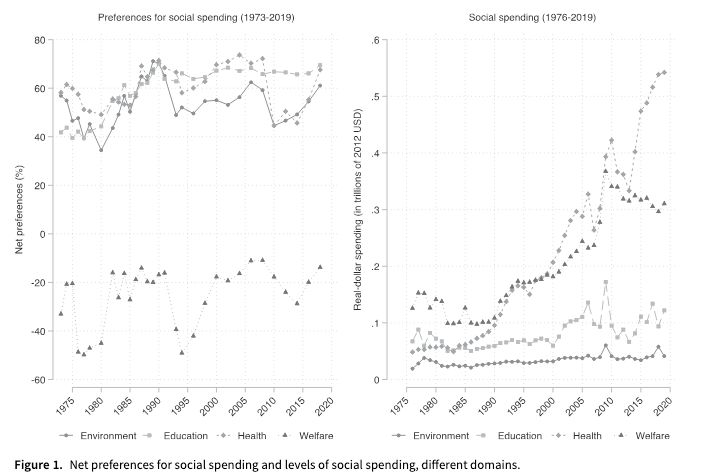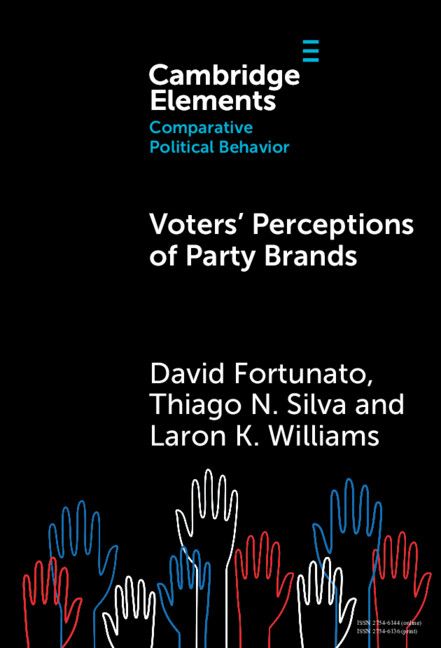Bilyana Petrova
@bpetrova.bsky.social
4.8K followers
3.8K following
140 posts
Assistant Professor of Political Science at Texas Tech. Inequality, redistribution, and political economy.
Posts
Media
Videos
Starter Packs
Reposted by Bilyana Petrova
Reposted by Bilyana Petrova
Reposted by Bilyana Petrova
Reposted by Bilyana Petrova
Reposted by Bilyana Petrova
Bilyana Petrova
@bpetrova.bsky.social
· Sep 4
Bilyana Petrova
@bpetrova.bsky.social
· Sep 4
Bilyana Petrova
@bpetrova.bsky.social
· Aug 22
Bilyana Petrova
@bpetrova.bsky.social
· Aug 22
Reposted by Bilyana Petrova
Reposted by Bilyana Petrova
Reposted by Bilyana Petrova
Reposted by Bilyana Petrova
Edmund Heery
@edpenarth.bsky.social
· Aug 18

Devolution and Industrial Relations: An Overview
This article presents an overview of how industrial relations have been shaped by constitutional devolution across the United Kingdom. It shows that the devolved national governments in Scotland, Wal...
onlinelibrary.wiley.com
Reposted by Bilyana Petrova
The Washington Post
@washingtonpost.com
· Aug 17

Fed up with U.S. health care costs, these Americans moved abroad
Three Americans explain why they left for Italy, South Korea and France, after crippling medical debt or a lack of coverage left them afraid to seek medical help at home.
www.washingtonpost.com

















